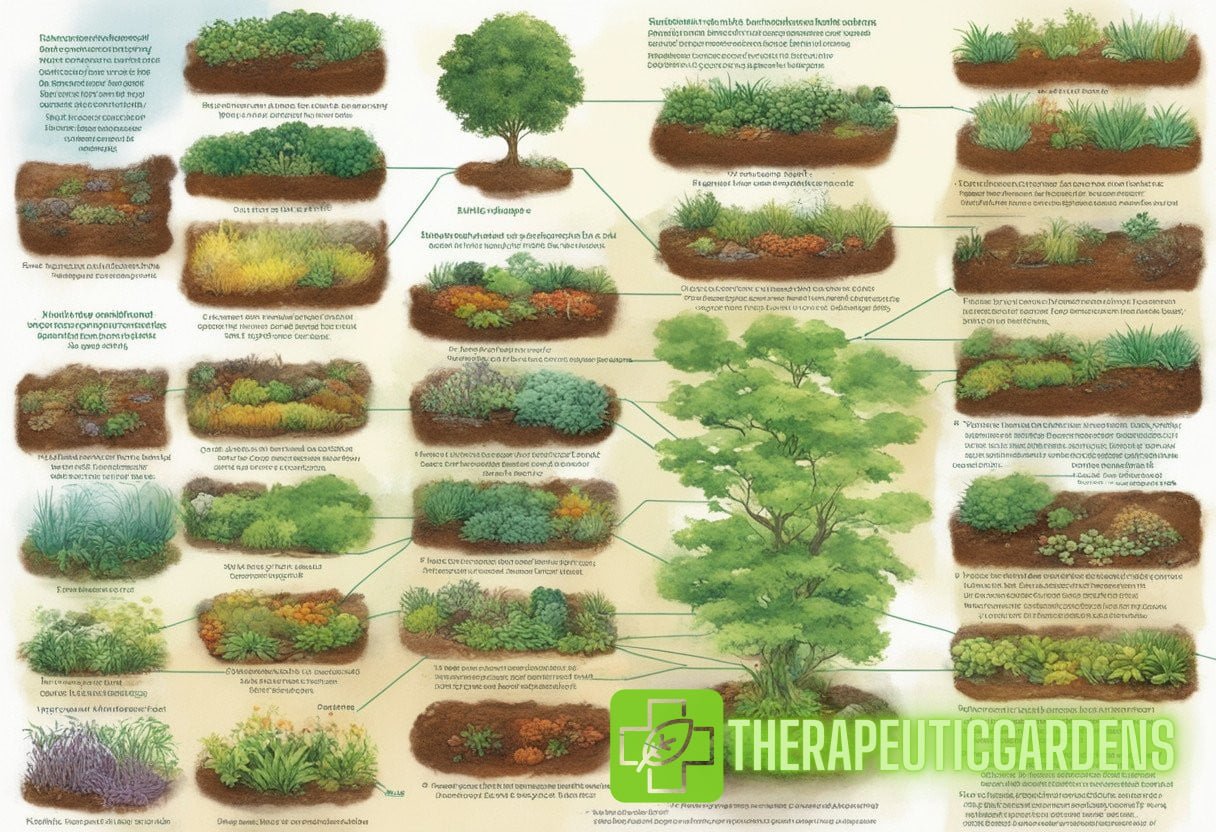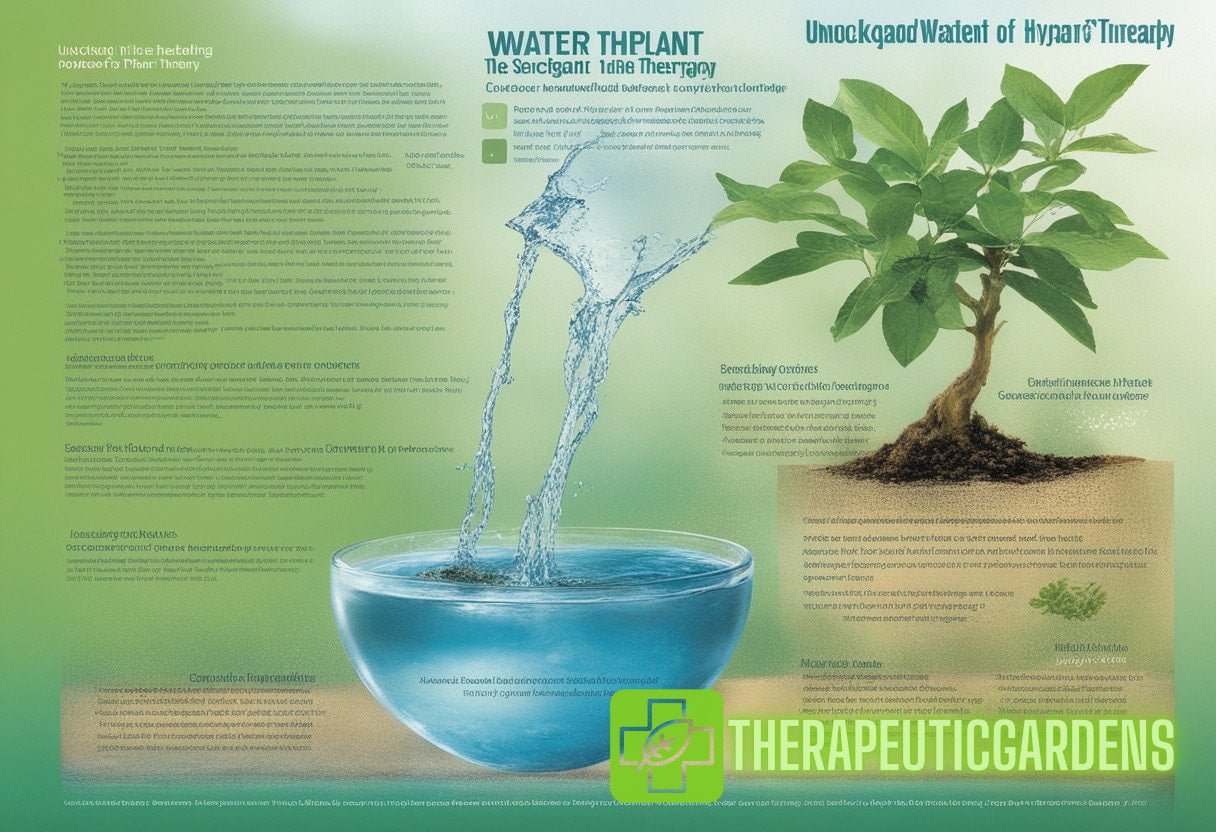Introduction
Therapeutic plants have been utilized for centuries to promote physical and mental well-being. These plants possess unique properties that provide various health benefits, making them valuable additions to our surroundings. In this article, we will delve into the fascinating world of therapeutic plants, exploring their characteristics, uses, and the science behind their healing properties. Whether you are a seasoned gardener or simply interested in natural remedies, understanding the health benefits of therapeutic plants can empower you to optimize your well-being.
Section 1: What are Therapeutic Plants?
Therapeutic plants, also known as medicinal plants or healing plants, are botanical species that possess healing properties. These plants contain active compounds, such as alkaloids, flavonoids, and terpenes, which contribute to their therapeutic effects. The cultivation and use of therapeutic plants date back thousands of years and are deeply rooted in traditional medicine practices across cultures.
Examples of therapeutic plants encompass a wide range of species, including herbs, flowers, roots, berries, and trees. Some popular examples of therapeutic plants include lavender, chamomile, aloe vera, ginseng, and turmeric. Each of these plants possesses unique characteristics and health benefits, making them valuable allies in promoting our physical and mental well-being.
Section 2: The Health Benefits of Therapeutic Plants
2.1 Physical Health Benefits
Therapeutic plants offer a multitude of health benefits when it comes to physical well-being. Their active compounds can have various physiological effects on our bodies, helping to alleviate ailments and improve our overall health. Let’s explore some of the key physical health benefits provided by therapeutic plants:
- Pain Relief: Many therapeutic plants possess analgesic properties, which can help reduce pain and inflammation. Examples include ginger, turmeric, and willow bark.
- Immune System Enhancement: Certain therapeutic plants, such as echinacea and elderberry, can boost our immune system, helping us fight off infections and illnesses.
- Cardiovascular Support: Plants like garlic, Hawthorn berry, and ginger can promote heart health by reducing cholesterol levels, improving blood circulation, and maintaining healthy blood pressure.
- Digestive Aid: Several therapeutic plants, such as peppermint, ginger, and fennel, have carminative properties that aid digestion, relieve bloating, and soothe gastrointestinal discomfort.
- Wound Healing: Plants like aloe vera and comfrey possess wound healing properties, promoting tissue repair and regeneration.
2.2 Mental Health Benefits
In addition to their physical health benefits, therapeutic plants also play a crucial role in supporting our mental well-being. The soothing scents and natural compounds found in therapeutic plants can have a positive impact on our mood, mental clarity, and relaxation. Let’s explore some of the mental health benefits provided by therapeutic plants:
- Stress Relief: Certain plants, such as lavender, chamomile, and lemon balm, possess calming properties that help reduce stress and anxiety.
- Mood Enhancement: Essential oils derived from plant sources, like bergamot, jasmine, and ylang-ylang, can uplift our mood and promote a positive outlook.
- Improved Sleep: Plants like valerian, passionflower, and hops have sedative properties that can aid in improving sleep quality and alleviating insomnia.
- Enhanced Cognitive Function: Some therapeutic plants, such as ginkgo biloba and rosemary, have been shown to improve memory, concentration, and cognitive performance.
Section 3: The Science behind Therapeutic Plants
The healing properties of therapeutic plants are not merely based on ancient traditions and folklore. In recent years, scientific research has increasingly focused on understanding the mechanisms behind these beneficial effects. By studying the chemical composition and physiological effects of therapeutic plants, researchers have gained valuable insights into how these plants interact with our bodies.
Researchers use various methods to explore the science behind therapeutic plants, including laboratory experiments, clinical trials, and observational studies. These studies provide evidence-based information on the safety, efficacy, and mechanisms of action of therapeutic plants. Some key areas of research include:
- Phytochemistry: Phytochemists study the chemical constituents of therapeutic plants, identifying their active compounds and analyzing their biological activities.
- Pharmacology: Pharmacologists investigate how therapeutic plants interact with our bodies at the molecular level, studying their effects on specific tissues, organs, or systems.
- Pharmacokinetics: Pharmacokinetic studies focus on understanding how the body absorbs, distributes, metabolizes, and excretes the active compounds present in therapeutic plants.
- Pharmacodynamics: Pharmacodynamic studies explore the mechanisms of action of therapeutic plants, uncovering how they exert their therapeutic effects through various pathways in the body.
These scientific investigations not only validate the traditional uses of therapeutic plants but also provide insights into their potential applications in modern medicine. By understanding the science behind therapeutic plants, researchers can develop new treatments and medicines that harness the healing properties of these natural treasures.

Section 4: How to Incorporate Therapeutic Plants into Your Life
Now that we have explored the health benefits and science behind therapeutic plants, you may be wondering how to incorporate these plants into your daily life. There are various ways to experience the healing power of therapeutic plants, ranging from growing your own garden to using plant-based products. Here are some suggestions on how to integrate therapeutic plants into your lifestyle:
4.1 Therapeutic Gardens
Creating a therapeutic garden is an excellent way to surround yourself with healing plants and experience their benefits firsthand. Whether you have a large backyard or a small balcony, you can create a therapeutic garden tailored to your needs and preferences. Some common therapeutic plants to consider for your garden include:
- Rosemary: known for its memory-enhancing properties.
- Lavender: famous for its calming effects on the mind and body.
- Chamomile: used to promote relaxation and restful sleep.
- Echinacea: believed to support immune function.
To discover more healing herbs for your therapeutic garden, check out this article.
4.2 Aromatherapy
Aromatherapy, the practice of using essential oils derived from therapeutic plants, offers a convenient way to experience their benefits. Whether inhaled or applied topically, essential oils can promote relaxation, uplift mood, alleviate pain, and more. Some popular essential oils for aromatherapy include:
- Lemon: known for its uplifting and energizing properties.
- Peppermint: used to enhance focus and relieve headaches.
- Frankincense: believed to reduce stress and promote a sense of tranquility.
- Sandalwood: valued for its grounding and meditative qualities.
For more information on the healing power of therapeutic plants and their essential oils, check out this article.
4.3 Herbal Teas and Infusions
Another way to enjoy the benefits of therapeutic plants is by incorporating herbal teas and infusions into your daily routine. These beverages can promote relaxation, aid digestion, boost immunity, and provide various other health benefits. Some popular herbal teas and infusions include:
- Peppermint tea: known for its digestive properties and refreshing taste.
- Chamomile tea: used to promote relaxation and restful sleep.
- Ginger tea: valued for its anti-inflammatory and digestive benefits.
- Green tea: rich in antioxidants and believed to have numerous health benefits.
By embracing herbal teas and infusions, you can enjoy the therapeutic effects of these healing plants with every sip.
Conclusion
Therapeutic plants offer a remarkable array of benefits for our physical and mental well-being. From pain relief and immune system support to stress management and enhanced cognitive function, these plants continue to captivate researchers and health enthusiasts alike. The science behind therapeutic plants provides a solid foundation for understanding and harnessing their healing properties.
Whether you choose to create a therapeutic garden, explore aromatherapy, or indulge in herbal teas, incorporating therapeutic plants into your life can be a transformative experience. By embracing the power of nature, we can optimize our well-being and live healthier, more balanced lives. So why not explore the world of therapeutic plants and discover the extraordinary benefits they have to offer?



